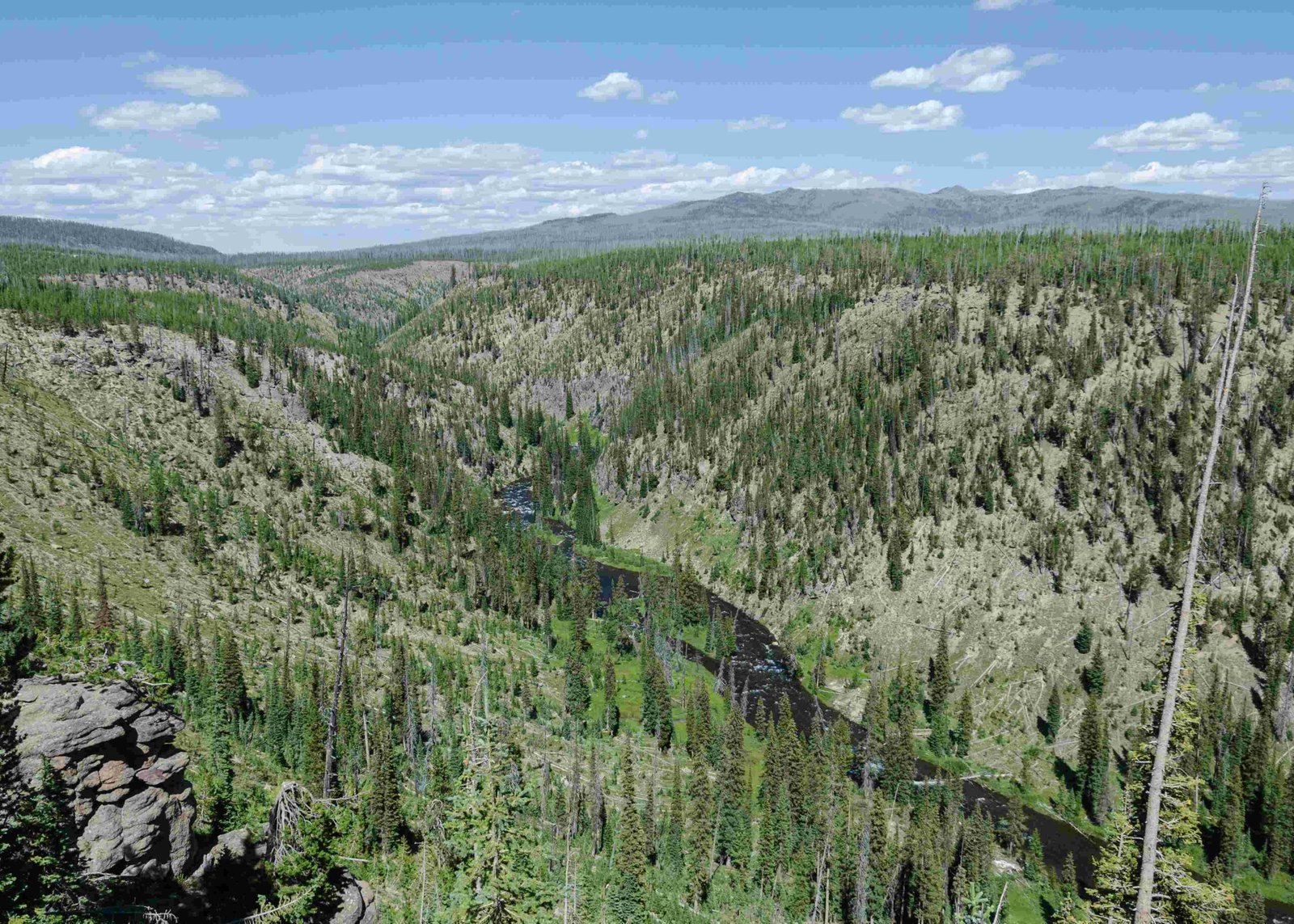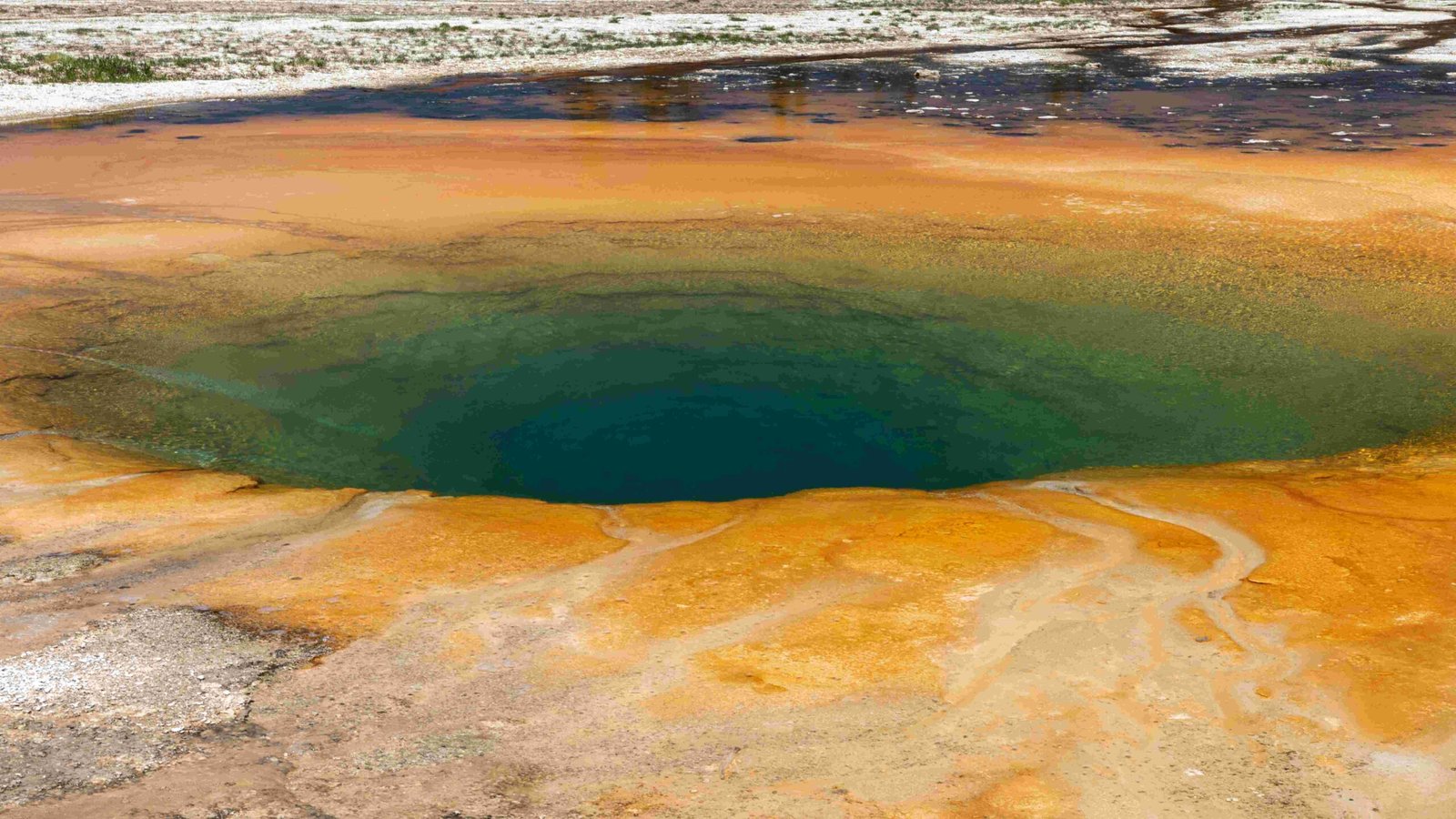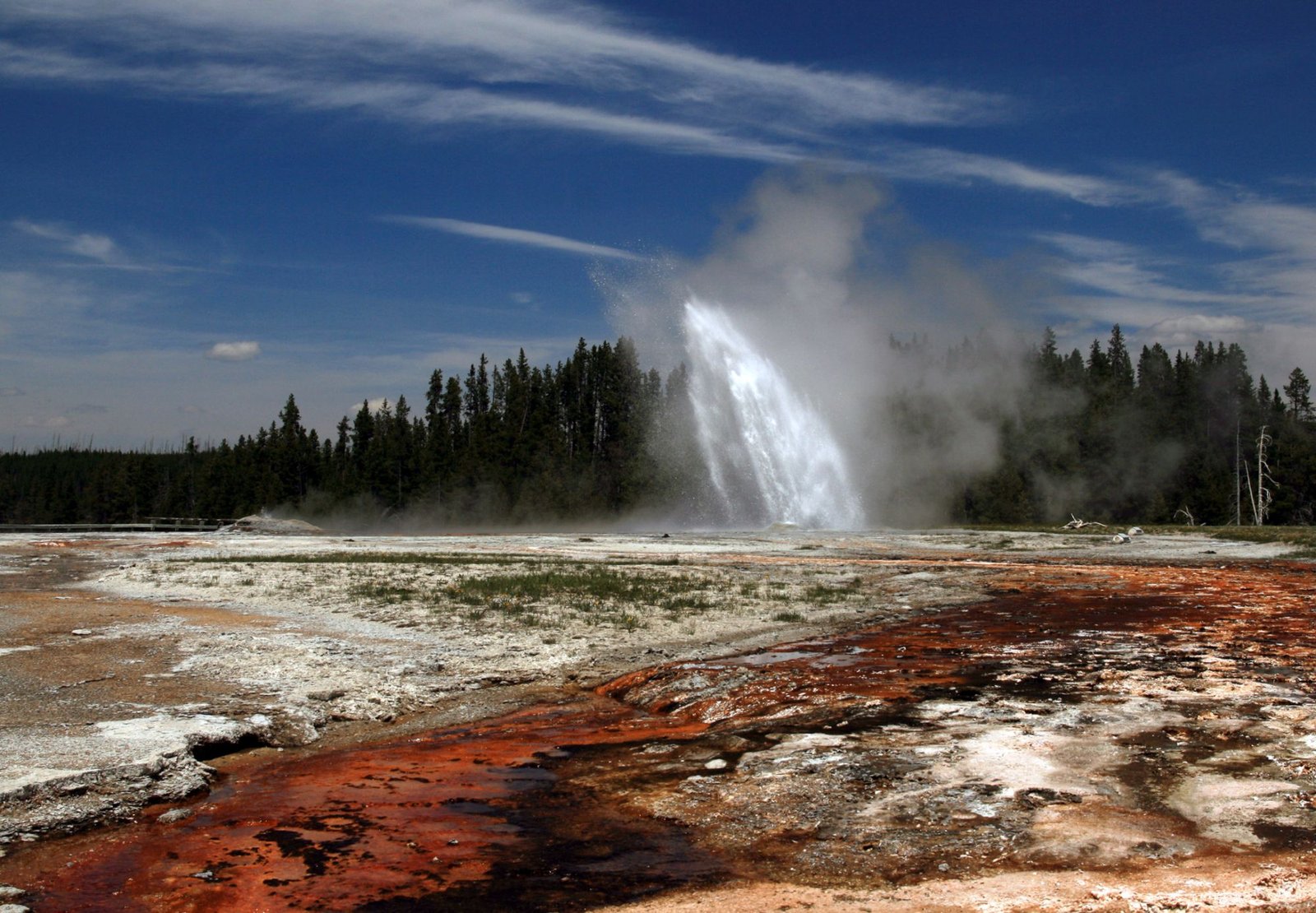The Continental Divide in Yellowstone National Park is a remarkable geographical feature that bisects North America, separating watersheds that flow to different oceans. This natural boundary runs through Yellowstone, creating unique hydrological and ecological conditions. The divide influences the park’s diverse landscapes, from high mountain passes to hidden lakes, and plays a crucial role in the distribution of wildlife and plant species.
What is the Geographical Significance of the Continental Divide in Yellowstone?

The Continental Divide in Yellowstone National Park serves as a critical watershed boundary, determining the ultimate destination of water flow across the continent. This natural demarcation line has profound implications for the park’s hydrology, ecology, and even its climate.
Key points about the geographical significance include:
- Water flowing west and south of the divide eventually reaches the Pacific Ocean
- Water flowing east and north of the divide ultimately drains into the Gulf of Mexico or the Atlantic Ocean
- The divide influences local weather patterns and microclimates within the park
- It plays a role in the distribution of plant and animal species across different regions of the park
Where Are the Key Elevation Points and Specific Locations of the Continental Divide in Yellowstone?

The Continental Divide weaves through Yellowstone National Park, creating several notable locations and elevation points. Understanding these key areas can enhance your appreciation of the park’s unique geography.
Notable locations and elevation points include:
- Craig Pass: The highest crossing point at 8,262 feet
- Isa Lake: A unique body of water straddling the divide
- Two Ocean Pass: Located just outside the park’s southern boundary
- Multiple crossings between the South Entrance and Old Faithful area
| Location | Elevation | Significance |
|---|---|---|
| Craig Pass | 8,262 feet | Highest crossing point |
| Isa Lake | ~8,260 feet | Drains to both Pacific and Atlantic |
| Two Ocean Pass | ~8,150 feet | Fish can swim across watersheds |
What Hiking Routes Are Available Along the Continental Divide Trail Within Yellowstone?
The Continental Divide Trail (CDT) offers hikers a unique opportunity to experience the diverse landscapes of Yellowstone National Park. While the entire CDT spans over 3,100 miles, a significant segment passes through Yellowstone, providing both challenging and rewarding hiking experiences.
Key information about the CDT in Yellowstone:
- Trail length within the park: Approximately 115 miles
- Difficulty: Challenging due to high elevation and rugged terrain
- Trailhead locations: South Entrance, Craig Pass, Bechler River area
- Estimated hiking time: 7-10 days for the entire Yellowstone segment
Hikers should be prepared for:
– Unpredictable weather conditions
– High altitude effects
– Wildlife encounters
– Backcountry camping regulations
What Are the Key Landmarks and Viewpoints Along the Continental Divide in Yellowstone?
The Continental Divide in Yellowstone National Park offers visitors a range of impressive landmarks and breathtaking viewpoints. These locations provide unique perspectives on the park’s geography and ecology.
Notable landmarks and viewpoints include:
- Isa Lake: A rare bifurcated lake that drains into both the Pacific and Atlantic watersheds
- Craig Pass: Offers panoramic views from the highest crossing point of the divide in the park
- Shoshone Lake: The second-largest lake in Yellowstone, accessible only by trail
- Great Divide Lookout Trail: Provides stunning vistas of Shoshone Lake and Mount Sheridan
Each of these locations offers visitors a chance to witness the unique characteristics of the Continental Divide and its impact on the surrounding landscape.
How Does the Continental Divide Affect Wildlife Distribution in Yellowstone?
The Continental Divide plays a significant role in shaping wildlife habitats and distribution patterns within Yellowstone National Park. The divide creates diverse ecosystems on either side, influencing the types of animals that thrive in different areas.
Wildlife affected by the Continental Divide:
- Large mammals: Elk, bison, grizzly bears, black bears, wolves
- Bird species: Various migratory and resident birds
- Aquatic life: Fish species adapted to specific watershed conditions
Best practices for wildlife viewing along the Continental Divide:
- Observe from a safe distance (100 yards for bears and wolves, 25 yards for other animals)
- Visit during early morning or late afternoon for increased activity
- Use binoculars or spotting scopes for better views
- Follow park regulations and guidelines for safety
What Unique Hydrological Features Are Created by the Continental Divide in Yellowstone?
The Continental Divide creates several unique hydrological features within Yellowstone National Park, showcasing the divide’s impact on water flow and distribution.
Notable hydrological features include:
- Isa Lake: A rare lake that drains into both the Pacific and Atlantic watersheds
- Two Ocean Creek: A stream that splits, with waters flowing to both the Pacific and Atlantic
- Diverse hot springs and geothermal features influenced by underground water flow patterns
- Distinct river systems on either side of the divide, each with unique characteristics
These features demonstrate the Continental Divide’s profound influence on Yellowstone’s water resources and highlight the park’s geological complexity.
How Can Visitors Best Experience the Continental Divide in Yellowstone?
Experiencing the Continental Divide in Yellowstone National Park offers visitors a unique opportunity to understand the park’s geography and ecological diversity. Here are some ways to make the most of your Continental Divide experience:
- Drive the scenic routes:
- Take the road between the South Entrance and Old Faithful, crossing the divide three times
-
Stop at pullouts and parking areas for views and interpretive signs
-
Hike the trails:
- Explore segments of the Continental Divide Trail
-
Try the Great Divide Lookout Trail for panoramic views
-
Visit key landmarks:
- See Isa Lake and its unique drainage pattern
-
Explore Craig Pass, the highest crossing point
-
Engage in educational programs:
- Attend ranger-led talks about the Continental Divide
-
Visit visitor centers for exhibits and information
-
Practice responsible tourism:
- Follow Leave No Trace principles
- Respect wildlife and maintain safe distances
- Stay on designated trails and viewpoints
By following these suggestions, visitors can gain a deeper appreciation for the Continental Divide and its significance within Yellowstone National Park.
References:
1. https://yellowstonetourguides.com/what-is-the-continental-divide/
2. https://www.nps.gov/places/000/isa-lake.htm
3. https://idahocapitalsun.com/2022/03/22/at-yellowstones-boundary-two-ocean-pass-is-a-place-where-fish-can-swim-over-continental-divide/

